This is another long post. But oh so worth it to read.
“In spite of the fact that Grandma Cooke [Fawson] has always been a hard worker and gone through many hardships she is very active, both in body and mind and says she is just in her prime. She has a fine sense of humor and can always see the bright side of life. She goes about her daily tasks as she did 20 years ago and enjoys very much the same things that the younger people receive pleasure from,” (Grantsville Gazette, 1931 on her 82nd birthday).
Ann Maria Fawson is one remarkable lady. She is the kind of lady you are extremely lucky to discover is part of your family heritage. She is the kind of woman to be proud of.
During the year 1849, gold was discovered in California, the Potato Famine raged in Ireland, and, cholera outbreaks were occurring across the European front.
Still, little Ann Maria Fawson was welcomed into the world on February 27th, 1849. She was born in Coventry,Warwickshire England, and grew up with many brothers and sisters. (She was the sixth of eight children.)
Unfortunately tragedy stuck early in her childhood – her father Abraham died when she was only six years old. Not only did her mother Ann struggle with the grief of losing her husband, but she was left alone to raise her eight children, ranging from ages 16 to 3.
Not much is recorded, but two years later the family joined the Church of Jesus Christ of Latter-day Saints.Armed with faith, they left Liverpool England on April 28,1864, and sailed to America during the U.S. civil war.
In an original journal entry recorded most likely by one of her siblings:
“The Captain took a northern route among the icebergs so that it would be healthier. The ice mountains would be from fifty to a hundred feet above the waves and they were that deep under and they were that deep under the sea.
The fog horn sounded day and night to warn other ships of our presence. One day a fearful storm arose. The ship was kept rolling on its sides, going under the waters.
The people were all fastened underneath the decks, being water tight. One sailor fell overboard and we saw no more of him.The glass was eight inches thick, letting in plenty of light. But mother and us children were near the bottom of the ship; only a glimmer of light coming from each end of the vessel. To get down into our bunks we stepped down ladders of two flights in pitch dark. We would have to feel our way and be in the dark for about twenty minutes before we could see anything about us. We had no light at night only at each end of the deck.
Everyone felt so sorry for mother. The ship was kept rolling and tossing – every roll seemed about to break the ship in tow. Just underneath us was the ballast, a cargo of sugar, so you may know we were close to the bottom of the vessel. Nobody knows what mother went through, being sickly and weak. We were close to six weeks crossing the ocean.
My sister Anne, age 14, had all the work to do for us. She would have to get up about four in the morning to stand for her turn to get our breakfast from the cook up on deck and when the ship tossed it was a hard job for her to keep on her feet. Everything we had was given us raw, then Anne would have to take the raw stuff to be cooked. She was kept busy, no time to be sea-sick.
One day, as the ship gave to big plunge, a boy fell down the ladder. His parents held the next bunk to ours. For days we had little sleep until he died. We were now nearing land, and nearing New York. At sight of land we were all on deck swing our hats for joy. It was a beautiful day and a beautiful sight to see. Standing out before us were mountains with green grass and shrubbery. Next morning we were in the Bay of New York” (courtesy of June Stanford).
The treacherous journey was successful for the Fawson family, but some were not so lucky. Out of the 975 passengers on the ship, 50 had perished. This journey occurred 50 years before the Titanic would sink. Risk was always a factor of sailing, as written by Anna’s sibling in the journal entry.
Although their harrowing journey to America was over, their travels through America were just beginning.
Soon after arriving in America, the family sailed up the Hudson River to Albany and from Albany they went to the Far West by trail.
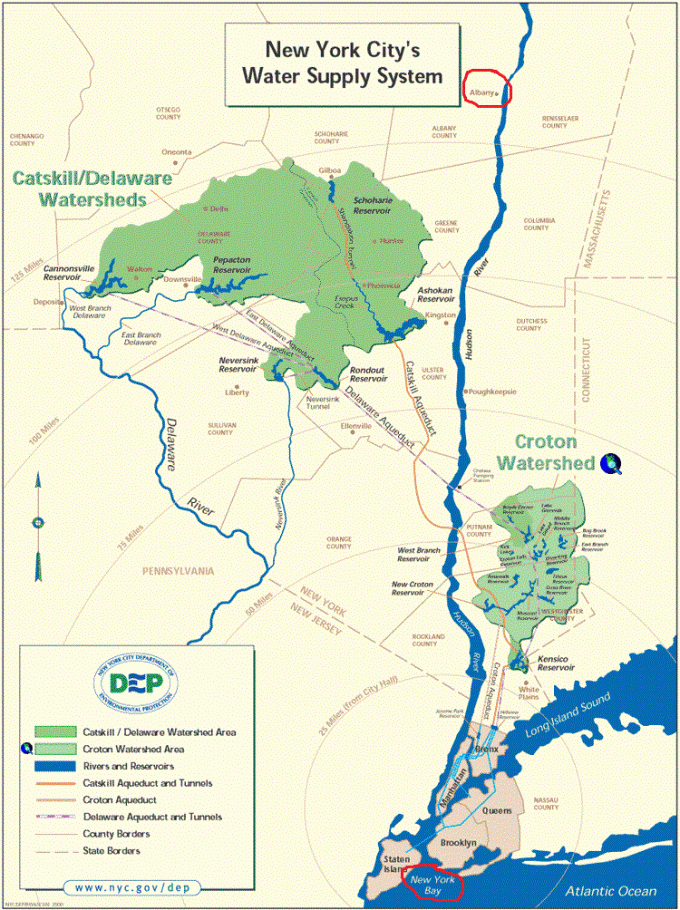
After reaching Albany the family traveled to Nebraska where they camped for weeks, while making preparations to head west to Utah.
By August of 1964, they started westward with 4 Oxen and a few provisions. Tragically, her mother Ann became ill and died a few days into the journey on August 9th, 1964. She was next to a lone pine tree near the Platt River, and the group moved on. Although the children were orphans, they continued their journey to Utah the best they could.
In Ann’s own words,
“Funeral services were brief, for the wagon train was under the necessity of traveling as rapidly as possible. Not far from the wayside, a crude grave was dug: there were no flowers and there was no coffin. Usually there were few relatives present and sometimes none. A hymn was sung, a prayer was offered, there were a few words of consolation. Such burials were sad and solemn and there were many tears shed. The body was wrapped in a sheet, placed in a blanket and covered with earth. A brush fire was lighted to keep prowling animals away from the grave.”
Although the journey was physcially, mentally, and emotionally draining, there was Ann pressed forward. In the same account Ann recalls,“The journey across the plains was very trying to both the pioneers and their animals. We walked all of that long journey. The oxen became so weak and weary that we were not even permitted to hold to the wagons to help our aching bodies along. We walked until the soles of our shoes disappeared and then we walked in our bare feet.
I taught myself to read and write. When the wagon train would stop, I would smooth out an area of dust with the palm of my hand and then in the dust I would form letters of the alphabet with my fingers, at the same time sounding them out. When we stopped to eat, some were assigned to obtain fuel and light the fires, while still others prepared the meals. There were no tables nor chairs. Bread was baked in a [cast iron] bake skillet.
After the evening meals, we sat about the camp fires, resting from the day’s hard traveling and amused ourselves as best we could. Some sang, others talked of the land we had left – of the days that had gone – and those that were to come. Occasionally we listened to the howling of wild animals and frequently we wondered how secure we were from the Indians. The saddest event of our camp fire lives were deaths of members of our company, such occasions changed our usually happy, hopeful moods to deepest sorrow.”
Ann and her siblings arrived in Salt Lake City, on September 29, 1964. Shortly after, they traveled to Gransville Utah, to live with their older Sister Jane Fawson Williams. She had come to Utah before them, however they were so poor that Ann had to find somewhere else to live. She decided to work for families to earn her room and board, plus 50 cents per week.
Although her new life in Utah was not easy, she did find happiness. She says,
“I had carried a piece of leather across the plains, thinking that when I reached Utah I would find a shoemaker and have him make me a pair of shoes. I did just that. One day I walked into a shoe shop and the shoemaker was a young handsome man with curly red hair. I said to myself, “I am going to marry him.” And she did. His name was Charles Cooke. They were married on the 24th of December, 1865 in Grantsville Utah. They settled in that area and had seven children, including fraternal twins!
Many years later, after all the children had grown and left the house, Charles and Ann moved to Grouse Creek, then to Tremonton Utah. They died and were buried there.
On her 82nd birthday the newspaper writes,” In relating her early experiences it is evident that she has passed through a great many hardships, living in log huts with dirt floors and roof and toiling to make a livelihood, her mother having died while crossing the plains… She is a faithful and true Latter-day Saint who has given much for the gospel sake. We wish her many more happy birthdays and the joy of life so long as she lives.”
*Thanks to Fern Cooke and Albert Paskett for their writings and research on this great woman.





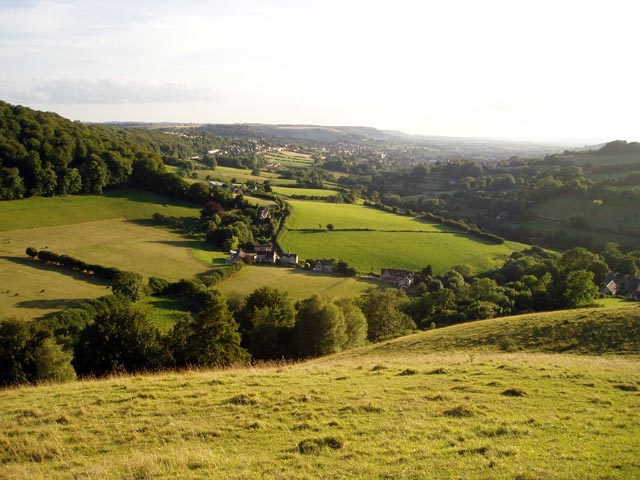
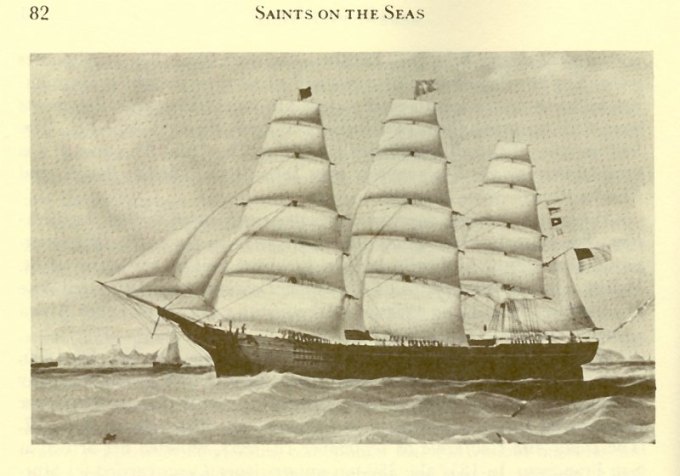
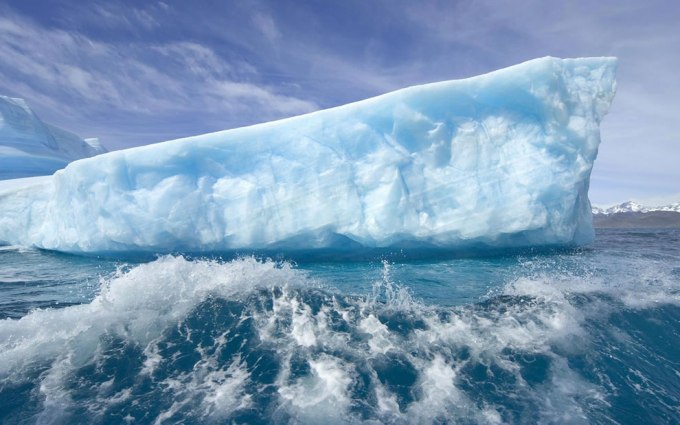
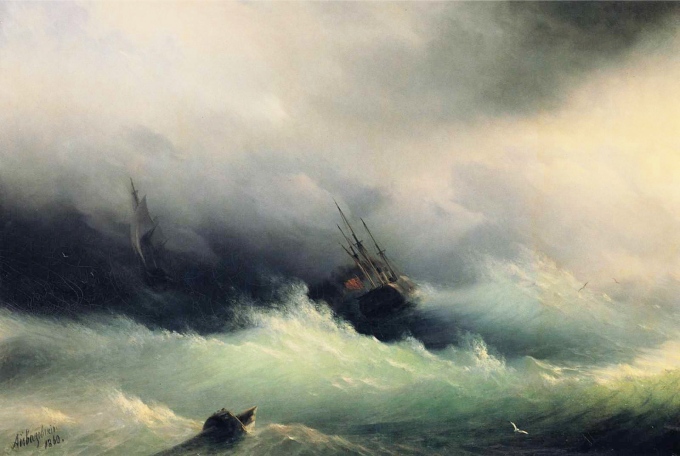
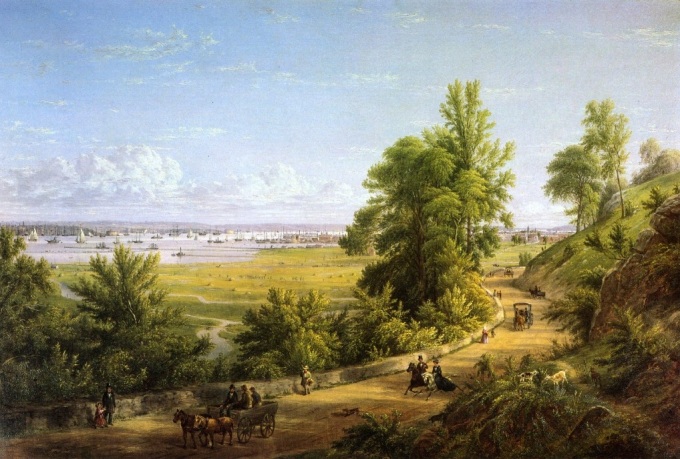
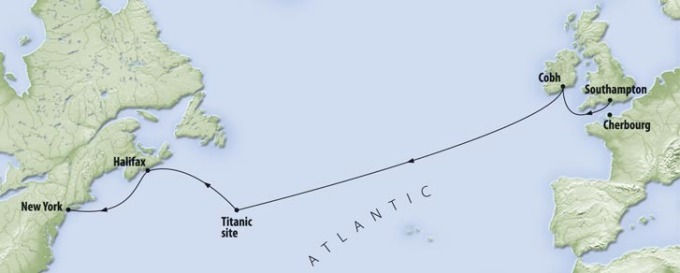
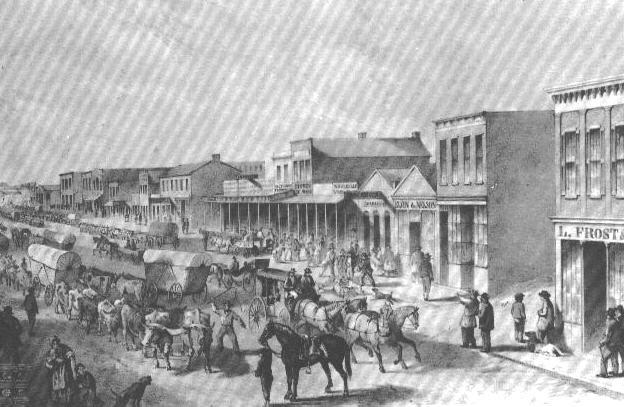

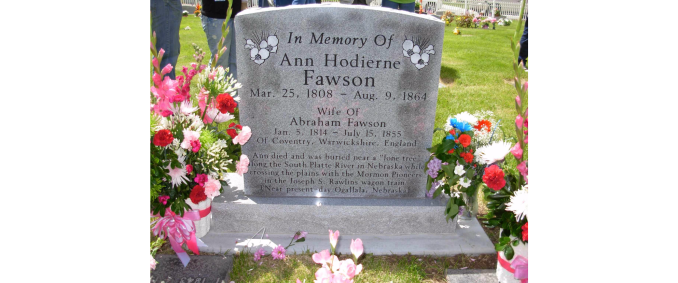
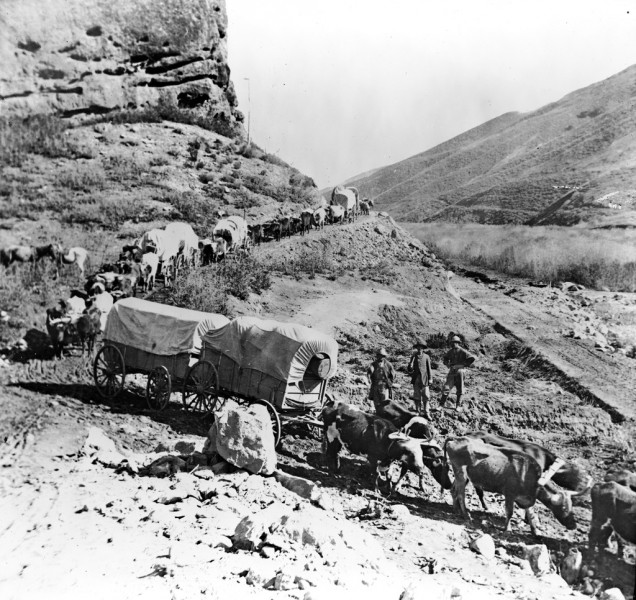




Krysta, thank you so much for this wonderful story. This would be my grandmother’s grandmother. I’m sure she knew her. What a wonderful, cheerful, hard-working woman. I’m grateful for my pioneer legacy. How can I forward this to my other family members?
LikeLike